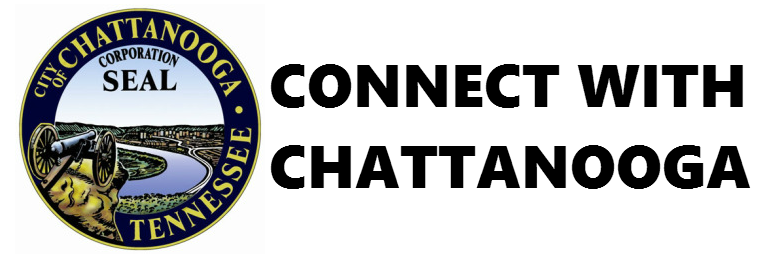FREQUENTLY ASKED QUESTIONS
The City of Chattanooga is the main governmental agency responsible for the study. Through the Chattanooga Department of Transportation (CDOT), the City is working closely with key stakeholders including the: Tennessee Department of Transportation, University of Tennessee at Chattanooga, Erlanger Health System, Siskin Hospital for Physical Rehabilitation, Chattanooga School for the Arts and Sciences, River City Company, The Benwood Foundation, Lyndhurst Foundation, Chattanooga Urban Design Studio, and Public Art Chattanooga, as well as others in the project area.
The purpose of the project to transform the 3rd and 4th Street corridor (from Lindsay Street to Hampton Street), including the connection to Riverfront Parkway, into an aesthetically pleasing, safe, and accessible facility that reconnects and extends the downtown grid. The new connections to the existing neighborhoods, the University of Tennessee at Chattanooga, the Chattanooga School for the Arts & Sciences, and Erlanger Hospital are intended to encourage economic development and provide an enhanced connection among the community assets, direct connections to the Riverwalk, and improved vehicular, transit, pedestrian, and bicycle amenities.
Generally, the project is bounded to the north by the Tennessee River and Riverfront Parkway, to the east by Central Avenue, to the south by Vine Street, and to the west by High Street and Georgia Avenue. More specifically, the project includes the following streets (from west to east): High Street, Georgia Avenue, Lindsay Street, Houston Street, Mable Street, Siskin Drive, Collins Street, Palmetto Street, Hampton Street/Blackford Street, Wiehl Street, and Central Avenue. From south to north, the project includes Vine Street, Fortwood Street, Lindsay Court, 5th Street, 4th Street, 3rd Street, Riverfront Parkway, Battery Place/Douglas Street, 2nd Street/Spring Street, and 1st Street.
The purpose of the project to transform the 3rd and 4th Street corridor (from Lindsay Street to Hampton Street), including the connection to Riverfront Parkway, into an aesthetically pleasing, safe, and accessible facility that reconnects and extends the downtown grid. The objectives of the project are to improve multimodal circulation in the area, improve safety for cars, transit riders, as well as bicyclists and pedestrians, encourage economic development, and alleviate stormwater issues.
The improved and new connections to the existing neighborhoods, the University of Tennessee at Chattanooga, the Chattanooga School for the Arts & Sciences, and Erlanger Hospital are intended to encourage economic development and provide an enhanced connection among the community assets, direct connections to the Riverwalk, and improved vehicular, transit, pedestrian, and bicycle amenities.
In keeping with the City of Chattanooga's Complete Streets Policy, the project will be designed, built and operated to enable safe access for all users (pedestrians, bicyclists, motorists and public transportation users of all ages and abilities) to safely and independently move along and across the street right-of-way.
As part of the Planning Phase, a conceptual master plan will be developed to identify vehicular, pedestrian, and bicyclist circulation and connections; land uses, open space, economic development, street landscaping and design, as well as transit services and parking. The master plan will based on available data, a review of prior studies, stakeholder interviews, and input received during the initial charrette. This master plan will form the basis for the portion of the project that will be evaluated during the NEPA Phase and the portion of the project that will be ultimately designed and constructed.
The purpose of the project to transform the 3rd and 4th Street corridor (from Lindsay Street to Hampton Street), including the connection to Riverfront Parkway, into an aesthetically pleasing, safe, and accessible facility that reconnects and extends the downtown grid. The objectives of the project are to improve multimodal circulation in the area, improve safety for cars, transit riders, as well as bicyclists and pedestrians, encourage economic development, and alleviate stormwater issues.
The improved and new connections to the existing neighborhoods, the University of Tennessee at Chattanooga, the Chattanooga School for the Arts & Sciences, and Erlanger Hospital are intended to encourage economic development and provide an enhanced connection among the community assets, direct connections to the Riverwalk, and improved vehicular, transit, pedestrian, and bicycle amenities.
Your input can be provided via this website and opportunities for input will be provided during the many public and stakeholder outreach activities that are planned to occur throughout all phases of the project.


